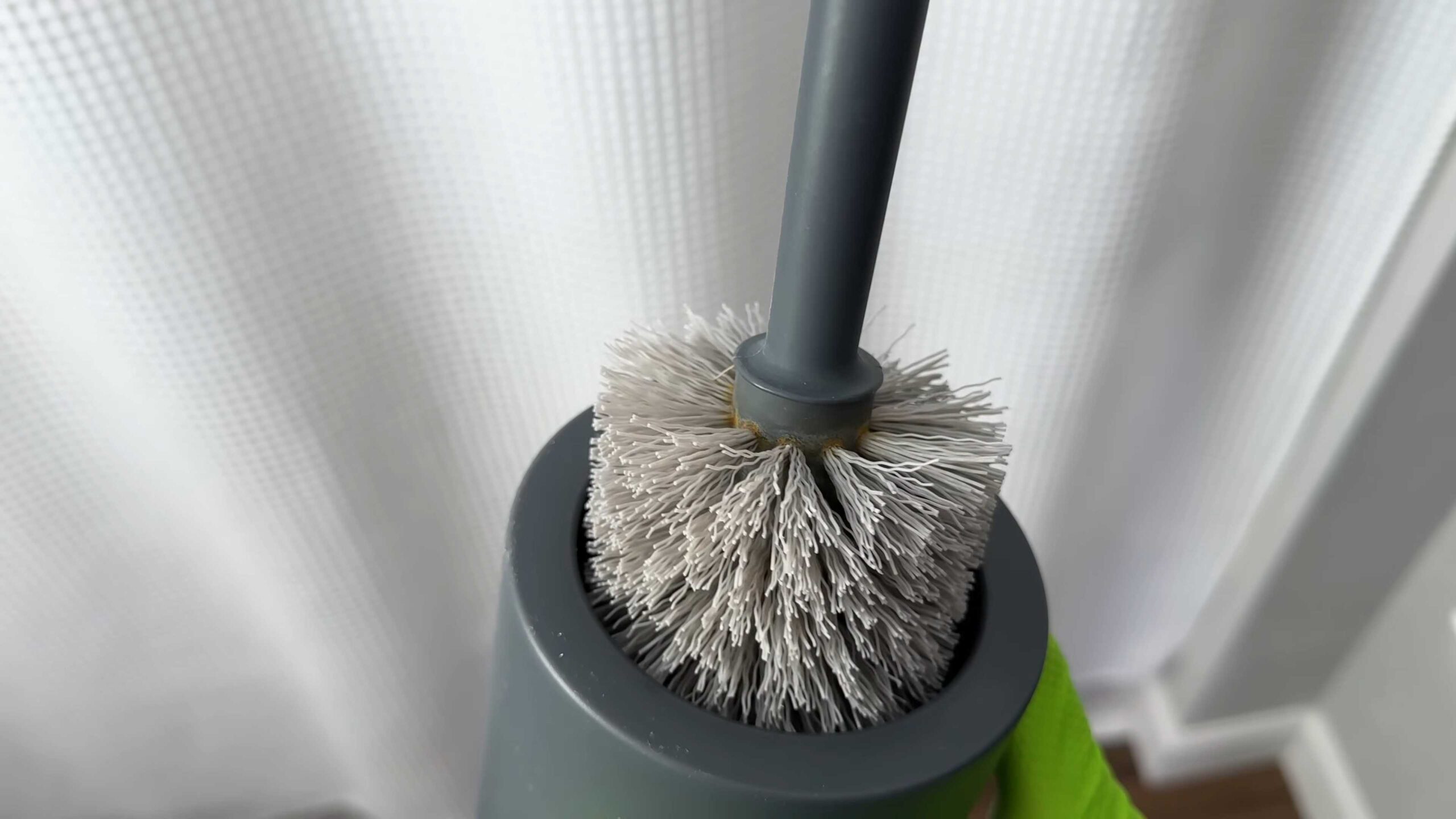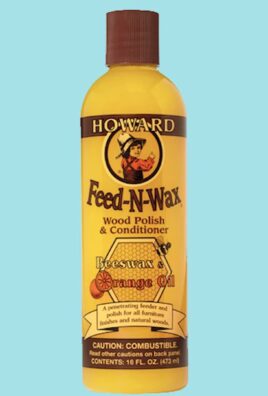Bathroom cleaning hacks are the secret weapon every homeowner needs in their arsenal! Let’s face it, nobody *loves* cleaning the bathroom. It’s often the most dreaded chore, conjuring images of harsh chemicals, endless scrubbing, and lingering unpleasant odors. But what if I told you there’s a better way? A way to reclaim your weekends and enjoy a sparkling clean bathroom without breaking a sweat (or the bank)?
For centuries, people have sought out clever shortcuts to maintain a clean and healthy home. From ancient Roman bathhouses to modern-day apartments, the need for effective cleaning methods has always been paramount. While the tools and techniques have evolved, the underlying desire for a fresh and hygienic space remains constant. In this article, I’m going to share some of my favorite bathroom cleaning hacks that will transform your cleaning routine from a chore into a breeze.
Why do you need these DIY tricks? Because life is too short to spend hours scrubbing grout! These hacks are designed to save you time, money, and energy. They utilize common household items, minimizing your reliance on expensive and often toxic cleaning products. Plus, they’re incredibly effective, tackling even the most stubborn stains and grime. Get ready to discover the simple, yet powerful secrets to a sparkling clean bathroom that you’ll actually be proud of!

DIY Bathroom Cleaning Hacks: Sparkling Clean Without Breaking a Sweat!
Okay, let’s face it, cleaning the bathroom is nobody’s favorite chore. But a sparkling clean bathroom is a happy bathroom! I’m going to share some of my favorite DIY bathroom cleaning hacks that will make the process easier, cheaper, and maybe even a little bit…dare I say…enjoyable? (Okay, maybe not enjoyable, but definitely less painful!). These hacks use common household ingredients, so you probably already have everything you need!
Hack #1: The Shower Head Deep Clean
That shower head can get pretty gross with mineral buildup. Here’s how to give it a proper cleaning without even removing it!
* The Problem: Clogged shower heads, reduced water pressure, and unsightly mineral deposits.
* The Solution: A vinegar soak!
Step-by-Step Instructions:
1. Gather Your Supplies: You’ll need a sturdy plastic bag (a gallon-sized Ziploc bag works great), white vinegar, a rubber band or twist tie, and an old toothbrush.
2. Fill the Bag with Vinegar: Pour enough white vinegar into the plastic bag to completely submerge the shower head.
3. Secure the Bag: Carefully position the bag over the shower head, ensuring the shower head is fully immersed in the vinegar. Use the rubber band or twist tie to tightly secure the bag to the shower head neck. Make sure it’s snug so the vinegar doesn’t leak!
4. Soak Overnight: Let the shower head soak in the vinegar overnight (or for at least a few hours). This allows the vinegar to dissolve the mineral deposits.
5. Remove and Rinse: Carefully remove the bag and discard the vinegar. Run the shower on hot for a few minutes to flush out any remaining vinegar and loosened debris.
6. Scrub Away Stubborn Residue: If you still see some stubborn mineral deposits, use the old toothbrush to gently scrub them away.
7. Enjoy Your Sparkling Shower: That’s it! You should now have a shower head with improved water pressure and a sparkling clean finish.
Hack #2: Grout Whitening Power
Grime and mildew love to settle into grout lines. Here’s how to get them looking bright and white again!
* The Problem: Dingy, stained, or mildewed grout lines.
* The Solution: A baking soda and bleach paste (or a baking soda and vinegar paste for a gentler approach).
Step-by-Step Instructions (Bleach Method – Use with caution and ensure proper ventilation!):
1. Gather Your Supplies: You’ll need baking soda, bleach (chlorine bleach), an old toothbrush or grout brush, gloves, eye protection, and a well-ventilated area. Safety First! Bleach can be irritating, so wear gloves and eye protection. Open a window or turn on the exhaust fan to ensure good ventilation.
2. Make the Paste: In a small bowl, mix baking soda and bleach to form a thick paste. The consistency should be similar to toothpaste. Start with a small amount of bleach and add more until you achieve the desired consistency.
3. Apply the Paste: Using the toothbrush or grout brush, apply the paste to the grout lines. Be generous and make sure to cover all the stained areas.
4. Let it Sit: Allow the paste to sit on the grout lines for 5-10 minutes. This gives the bleach time to work its magic.
5. Scrub and Rinse: After the waiting period, scrub the grout lines with the toothbrush or grout brush. You should see the stains lifting away. Rinse the area thoroughly with water.
6. Repeat if Necessary: For heavily stained grout, you may need to repeat the process.
Step-by-Step Instructions (Vinegar Method – A gentler, natural alternative):
1. Gather Your Supplies: You’ll need baking soda, white vinegar, an old toothbrush or grout brush, and a spray bottle.
2. Sprinkle Baking Soda: Sprinkle baking soda liberally over the grout lines you want to clean.
3. Spray with Vinegar: Fill a spray bottle with white vinegar and spray it onto the baking soda-covered grout lines. The mixture will fizz – that’s a good thing!
4. Let it Fizz: Allow the mixture to fizz for a few minutes. This helps to loosen the dirt and grime.
5. Scrub and Rinse: Scrub the grout lines with the toothbrush or grout brush. Rinse the area thoroughly with water.
6. Repeat if Necessary: For heavily stained grout, you may need to repeat the process.
Hack #3: Sparkling Toilet Bowl
Let’s tackle that toilet bowl!
* The Problem: Stains, hard water deposits, and general yuckiness in the toilet bowl.
* The Solution: Baking soda and vinegar (again!) or denture tablets.
Step-by-Step Instructions (Baking Soda and Vinegar Method):
1. Gather Your Supplies: You’ll need baking soda, white vinegar, and a toilet brush.
2. Pour in Baking Soda: Pour about one cup of baking soda into the toilet bowl.
3. Add Vinegar: Slowly pour about two cups of white vinegar into the bowl. The mixture will fizz.
4. Let it Fizz: Allow the mixture to fizz for about 30 minutes. This helps to loosen stains and deposits.
5. Scrub and Flush: Scrub the toilet bowl thoroughly with the toilet brush, paying attention to any stains or rings. Flush the toilet.
Step-by-Step Instructions (Denture Tablet Method):
1. Gather Your Supplies: You’ll need 2-3 denture tablets.
2. Drop in Tablets: Drop the denture tablets into the toilet bowl.
3. Let it Fizz: Allow the tablets to fizz and dissolve for at least 30 minutes, or even overnight for tougher stains.
4. Scrub and Flush: Scrub the toilet bowl with the toilet brush and flush.
Hack #4: Mirror, Mirror on the Wall (Streak-Free!)
Streaky mirrors are the worst! Here’s how to get a crystal-clear reflection.
* The Problem: Streaky, smudged, or dusty mirrors.
* The Solution: A vinegar and water solution or even black tea!
Step-by-Step Instructions (Vinegar and Water Method):
1. Gather Your Supplies: You’ll need white vinegar, water, a spray bottle, and a microfiber cloth.
2. Mix the Solution: In the spray bottle, mix equal parts white vinegar and water.
3. Spray the Mirror: Lightly spray the mirror with the vinegar and water solution.
4. Wipe Clean: Immediately wipe the mirror clean with the microfiber cloth. Use a clean, dry section of the cloth for the final wipe to prevent streaks.
Step-by-Step Instructions (Black Tea Method):
1. Gather Your Supplies: You’ll need a brewed cup of black tea (cooled), a spray bottle, and a microfiber cloth.
2. Pour Tea into Spray Bottle: Pour the cooled black tea into the spray bottle.
3. Spray the Mirror: Lightly spray the mirror with the black tea.
4. Wipe Clean: Immediately wipe the mirror clean with the microfiber cloth. The tannins in the tea help to cut through grime and leave a streak-free shine.
Hack #5: Drain Declogging Magic
Slow drains? Don’t call a plumber just yet!
* The Problem: Slow or clogged bathroom drains.
* The Solution: Baking soda and vinegar (again!) or boiling water.
Step-by-Step Instructions (Baking Soda and Vinegar Method):
1. Gather Your Supplies: You’ll need baking soda, white vinegar, and hot water.
2. Pour in Baking Soda: Pour about one cup of baking soda down the drain.
3. Add Vinegar: Immediately pour about two cups of white vinegar down the drain. The mixture will fizz.
4. Let it Fizz: Allow the mixture to fizz for about 30 minutes.
5. Flush with Hot Water: After the waiting period, flush the drain with a pot of boiling water.
Step-by-Step Instructions (Boiling Water Method):
1. Gather Your Supplies: You’ll need a pot of boiling water.
2. Pour Carefully: Carefully pour the boiling water down the drain. Be careful not to splash yourself.
3. Repeat if Necessary: If the drain is still slow, repeat the process.
Important Note: Avoid using boiling water on PVC pipes, as it can damage them. If you have PVC pipes, use very hot tap water

Conclusion
So, there you have it! These simple yet incredibly effective DIY bathroom cleaning hacks are a game-changer for anyone looking to maintain a sparkling clean bathroom without resorting to harsh chemicals or spending a fortune on commercial cleaners. We’ve explored how everyday ingredients like vinegar, baking soda, and lemon can tackle everything from stubborn soap scum to grimy grout, leaving your bathroom fresh and inviting.
But why is this DIY approach a must-try? Firstly, it’s cost-effective. You likely already have most of these ingredients in your pantry, saving you money on expensive cleaning products. Secondly, it’s environmentally friendly. By using natural ingredients, you’re reducing your exposure to harmful chemicals and minimizing your impact on the planet. Thirdly, it’s surprisingly effective. These DIY solutions are powerful enough to cut through grime and leave your bathroom surfaces gleaming.
Don’t be afraid to experiment and adapt these hacks to suit your specific needs and preferences. For example, if you find the vinegar scent too strong, add a few drops of your favorite essential oil, like lavender or eucalyptus, for a more pleasant aroma. For tougher stains, create a paste of baking soda and water and let it sit on the affected area for a longer period before scrubbing. You can also use an old toothbrush to get into those hard-to-reach corners and crevices.
Consider these variations to elevate your bathroom cleaning routine:
* Lemon Power: For a refreshing and disinfecting boost, rub a lemon half directly onto faucets and showerheads to remove water spots and leave a citrusy scent.
* Tea Tree Oil Boost: Add a few drops of tea tree oil to your cleaning solutions for its antibacterial and antifungal properties. This is especially helpful for preventing mold and mildew growth in damp areas.
* DIY Toilet Bowl Cleaner: Drop a fizzing tablet made of baking soda, citric acid, and a few drops of essential oil into your toilet bowl for a sparkling clean.
We’re confident that these DIY bathroom cleaning hacks will transform your cleaning routine and leave you with a bathroom you can be proud of. But the real magic happens when you put these tips into practice. So, go ahead, give them a try! We encourage you to experiment, find what works best for you, and most importantly, share your experiences with us. Let us know in the comments below which hacks you tried, what variations you discovered, and how they worked for you. Your feedback will not only help us improve these tips but also inspire others to embrace the power of DIY cleaning.
Remember, a clean bathroom is a happy bathroom, and with these simple and effective DIY bathroom cleaning hacks, you can achieve a sparkling clean space without breaking the bank or harming the environment. So, roll up your sleeves, grab your supplies, and get ready to transform your bathroom into a haven of cleanliness and freshness! We can’t wait to hear about your success stories!
Frequently Asked Questions (FAQs)
Q: Are these DIY bathroom cleaning hacks safe for all bathroom surfaces?
A: Generally, yes, these DIY hacks are safe for most common bathroom surfaces like tile, porcelain, glass, and stainless steel. However, it’s always a good idea to test any cleaning solution in an inconspicuous area first, especially on more delicate surfaces like natural stone (marble, granite) or painted surfaces. Vinegar, in particular, can etch some natural stone over time, so use it sparingly and dilute it well. For painted surfaces, avoid abrasive scrubbers that could scratch the paint. When in doubt, consult the manufacturer’s recommendations for cleaning specific surfaces.
Q: How often should I use these DIY bathroom cleaning hacks?
A: The frequency of cleaning depends on how often your bathroom is used and how quickly it gets dirty. For general maintenance, a weekly cleaning using these DIY hacks should be sufficient to keep your bathroom fresh and clean. However, you may need to clean more frequently if you have a large family, pets, or if you notice buildup of soap scum or mildew. Spot cleaning can also be done as needed to address spills or stains.
Q: Can I use these DIY cleaning solutions on mold and mildew?
A: Yes, some of these DIY solutions are effective at killing mold and mildew. Vinegar, in particular, is a natural disinfectant and can help to inhibit mold growth. To treat mold and mildew, spray the affected area with undiluted white vinegar, let it sit for at least an hour, and then scrub with a brush or sponge. For stubborn mold, you may need to repeat the process or use a stronger solution of baking soda and water. Always ensure proper ventilation when cleaning mold and mildew, and wear gloves and a mask to protect yourself from spores.
Q: What if I don’t have vinegar or baking soda? Are there any other alternatives?
A: While vinegar and baking soda are staples in many DIY cleaning recipes, there are other alternatives you can use. Lemon juice is a great substitute for vinegar, as it also contains citric acid, which helps to dissolve soap scum and hard water stains. Hydrogen peroxide is another effective disinfectant and can be used to clean surfaces and kill germs. For scrubbing, you can use salt or sugar as a gentle abrasive. Ultimately, the best alternative will depend on the specific cleaning task and the surfaces you’re cleaning.
Q: How do I get rid of hard water stains in my bathroom?
A: Hard water stains, which are caused by mineral deposits in water, can be a common problem in bathrooms. To remove hard water stains, try soaking the affected area with vinegar. For example, you can fill a plastic bag with vinegar and tie it around your showerhead to soak it overnight. For toilet bowls, pour a cup of vinegar into the bowl and let it sit for several hours before scrubbing. You can also use a paste of baking soda and water to scrub away hard water stains on surfaces like faucets and sinks. For tougher stains, consider using a commercial hard water stain remover, but always follow the manufacturer’s instructions carefully.
Q: Are these DIY cleaning solutions safe for septic systems?
A: Yes, these DIY cleaning solutions are generally safe for septic systems. Vinegar, baking soda, and lemon juice are all natural and biodegradable, so they won’t harm the bacteria in your septic tank that are essential for breaking down waste. However, it’s important to avoid using excessive amounts of any cleaning solution, as this could disrupt the balance of your septic system. Also, avoid pouring grease or oil down the drain, as this can clog your septic system.
Q: Can I mix different DIY cleaning ingredients together?
A: While many DIY cleaning ingredients are safe to use on their own, it’s important to be cautious when mixing them together. Never mix bleach with vinegar or ammonia, as this can create toxic fumes. Also, avoid mixing different types of acids, as this could create dangerous reactions. When in doubt, it’s always best to use cleaning ingredients separately or to consult a reliable source before mixing them.
Q: How do I store leftover DIY cleaning solutions?
A: Store leftover DIY cleaning solutions in labeled spray bottles or containers. Be sure to label the containers clearly with the name of the solution and the date it was made. Store the solutions in a cool, dark place away from children and pets. Some DIY cleaning solutions, like those containing lemon juice, may degrade over time, so it’s best to use them within a few weeks.





Leave a Comment